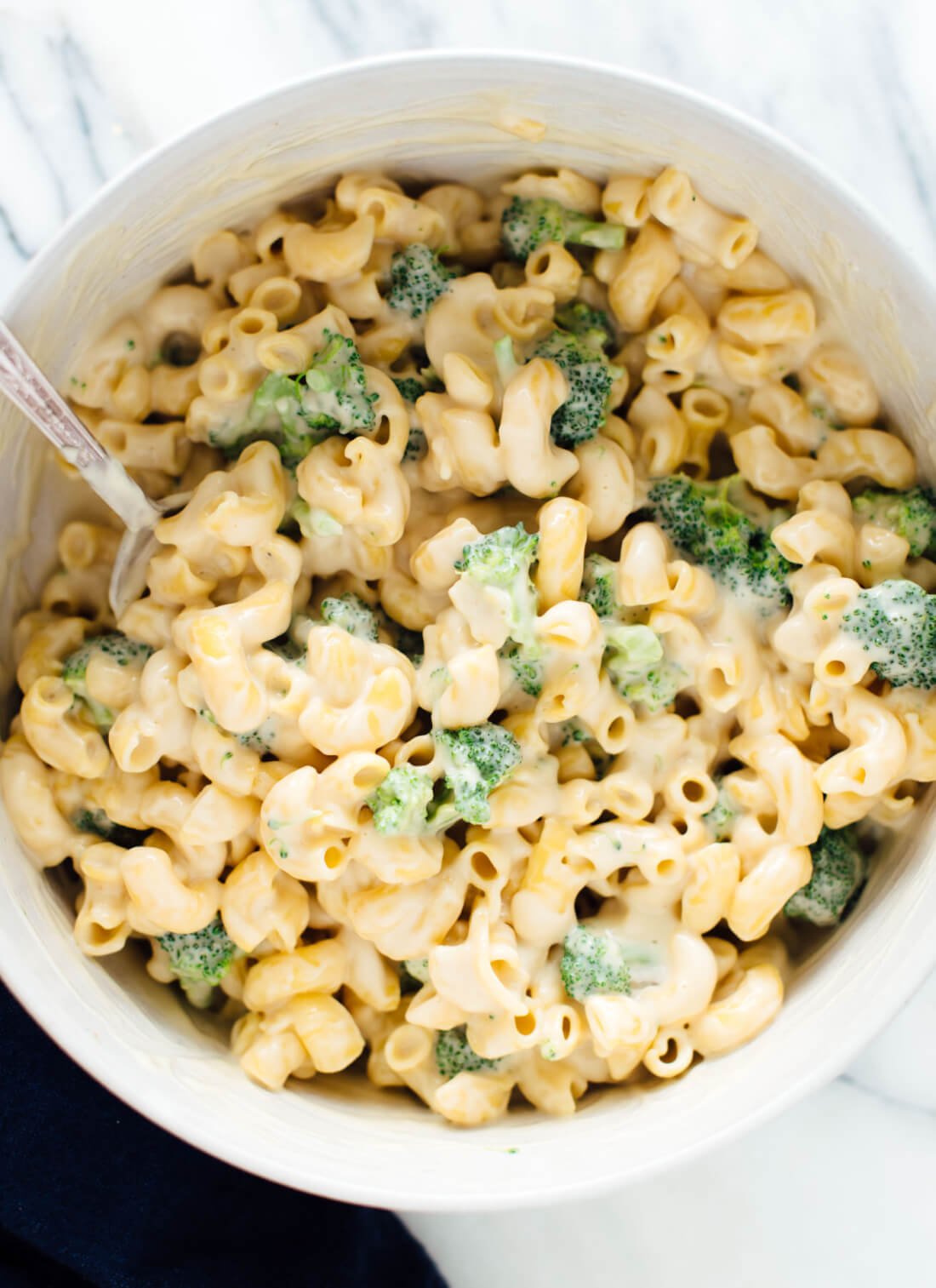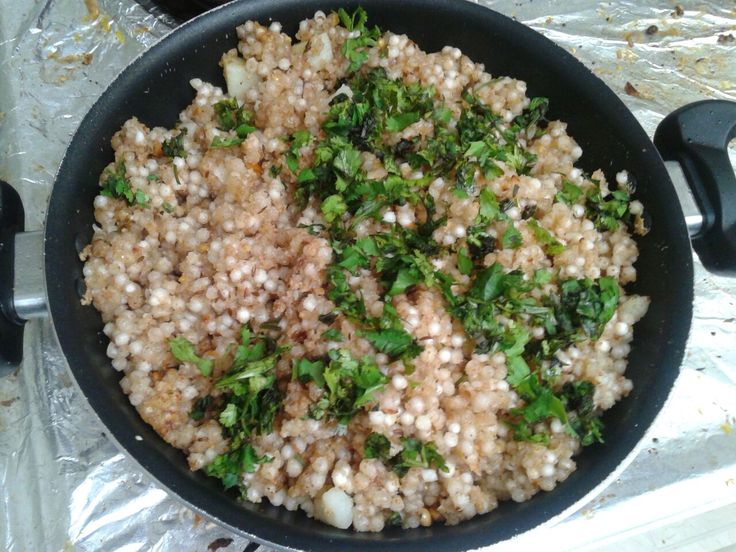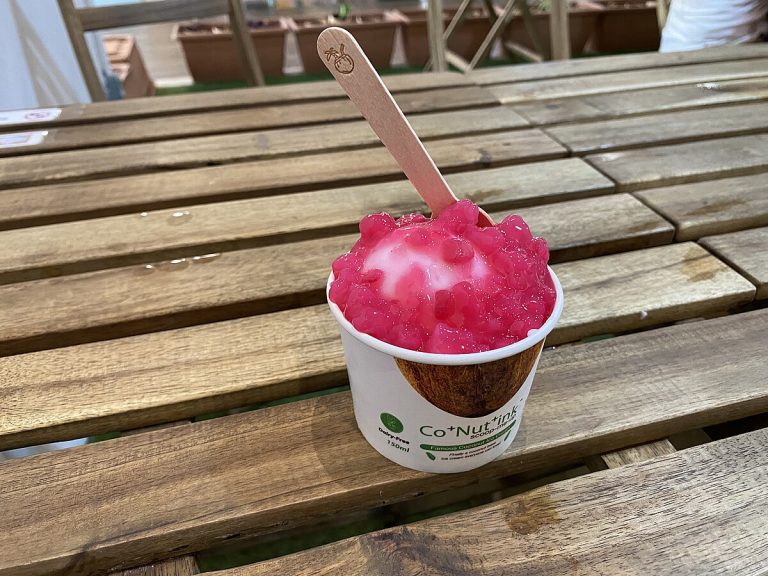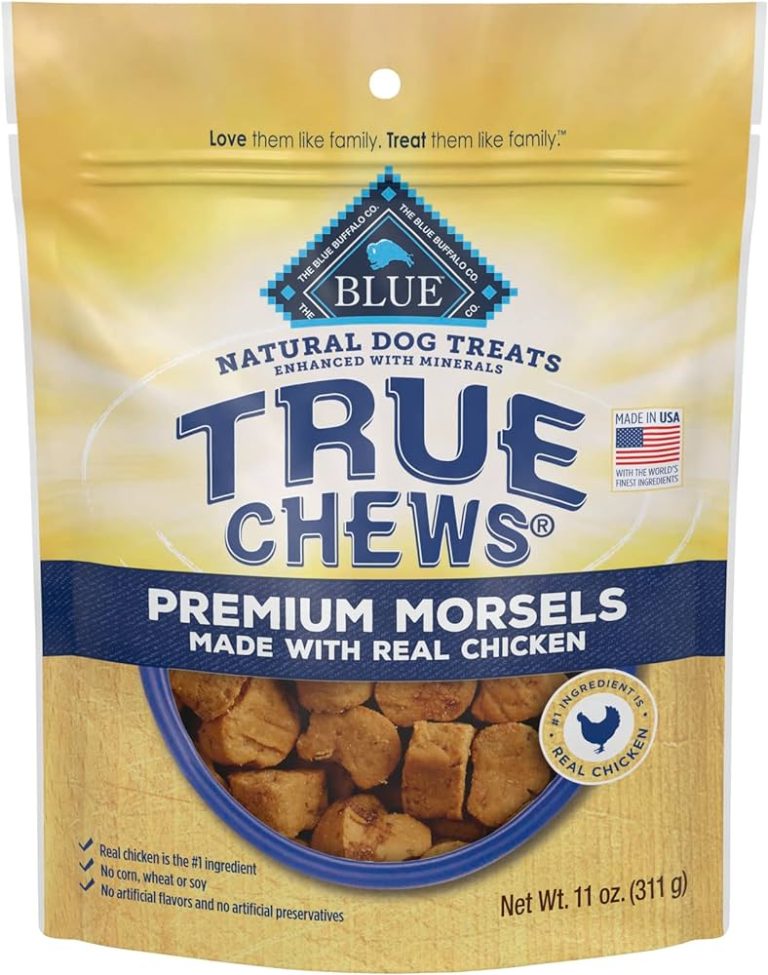Gluten Free Macaroni and Cheese Recipe for a Healthy and Delicious Meal
Gluten is a protein found in wheat, barley, and rye. It’s responsible for the elasticity in dough, helping it rise and maintain its shape. Gluten gives bread its chewy texture. For individuals with gluten intolerance, eating gluten can lead to various health issues.
Who Should Eat Gluten-Free?
Individuals with celiac disease, gluten sensitivity, or wheat allergies should avoid gluten. Celiac disease is an autoimmune disorder where ingesting gluten damages the small intestine. About 1% of the global population has celiac disease, according to the Celiac Disease Foundation. Non-celiac gluten sensitivity affects up to 6% of the population. Symptoms include bloating, diarrhea, and abdominal pain. Those with wheat allergies can experience allergic reactions, including hives, respiratory issues, and anaphylaxis.
Key Ingredients for Gluten-Free Macaroni and Cheese
Choosing the Right Gluten-Free Pasta
Selecting the appropriate gluten-free pasta ensures a delightful dining experience. Rice, corn, and quinoa pasta are common options. Rice pasta, for example, is available in various shapes like macaroni and penne. Corn pasta often has a firmer texture, resembling traditional wheat pasta. Quinoa pasta provides a nutrient-dense alternative with a slightly nutty flavor. Check packaging for cross-contamination warnings to ensure safe consumption.
Best Cheeses for a Creamy Texture
Choosing the right cheeses plays a crucial role in achieving creaminess. Cheddar, Gruyère, and Monterey Jack are ideal choices. Cheddar cheese melts smoothly and provides a sharp taste, making it a staple in macaroni and cheese recipes. Gruyère adds a nutty flavor and richness, enhancing the dish’s overall profile. Monterey Jack offers a mild, creamy texture, ideal for balancing stronger cheeses. Use a blend of these cheeses to create the perfect consistency and depth of flavor.
Preparing Easy Gluten-Free Macaroni and Cheese
Step-by-Step Cooking Guide
Follow these steps for a seamless cooking experience:
- Boil the Pasta: Use a large pot and fill it with water. Add a pinch of salt. Once the water boils, add gluten-free pasta. Cook it for 8-10 minutes or until it’s al dente, then drain and set aside.
- Make the Cheese Sauce: In a separate saucepan, melt 4 tablespoons of butter over medium heat. Add 1/4 cup of gluten-free flour to form a roux. Stir continuously for 2 minutes. Gradually add 2 cups of milk, whisking constantly until the mixture thickens. Reduce heat, add 1 1/2 cups of shredded cheddar cheese, 1 cup of Gruyère, and 1/2 cup of Monterey Jack. Stir until smooth and creamy.
- Combine Pasta and Sauce: Add the cooked pasta to the cheese sauce. Stir gently until the pasta is evenly coated. Ensure every piece of pasta is covered in the luscious cheese sauce.
- Bake (Optional): For a baked version, preheat your oven to 350°F. Transfer the mac and cheese to a baking dish. Top with an additional 1/2 cup of shredded cheese (optional: gluten-free breadcrumbs). Bake for 20 minutes or until bubbly and golden.
Tips for Perfect Consistency
Ensure your mac and cheese achieves the ideal consistency:
- Thicken the Sauce: For a thicker sauce, cook the roux for an extra minute before gradually adding milk. Use whole milk or a blend of milk and cream for a richer texture.
- Combine Slowly: Gradually mix the cooked pasta into the cheese sauce. This method ensures even coating and prevents clumping.
- Avoid Overcooking: Gluten-free pasta tends to be more delicate than regular pasta. Keep an eye on cooking times to avoid mushy pasta.
- Taste Test: Before baking or serving, taste your mac and cheese. Adjust the seasoning by adding salt, pepper, or additional cheese to achieve your desired flavor.
- Consistent Stirring: Stir continuously when making the cheese sauce to prevent lumps and achieve a silky texture.
Nutritional Benefits of Gluten-Free Macaroni and Cheese
Caloric and Nutritional Content Explained
Gluten-free macaroni and cheese offer a balanced mix of macronutrients while excluding gluten. Typically, a serving contains around 300-400 calories, depending on the cheese used and portion size. Protein, primarily from cheese, ranges from 10-20 grams per serving. This dish also provides healthy fats from cheese, around 15-25 grams per serving. Gluten-free pasta, made from rice or quinoa, contributes to carbohydrate intake, usually 30-50 grams per serving. Calcium, an essential nutrient, is abundant due to the cheese content. For example, a serving often provides 20-30% of the daily recommended intake of calcium.
Incorporating Into a Balanced Diet
Incorporate gluten-free macaroni and cheese into your diet by pairing it with vegetables or lean proteins. Add broccoli or spinach for a vitamin boost. Grilled chicken or tofu can enhance the protein profile. Control portion sizes to maintain a balanced intake of calories, carbohydrates, and fats. Use low-fat cheese options to reduce saturated fat content. Experiment with alternative pasta types like chickpea or lentil pasta for added fiber and protein. By combining these strategies, you ensure a nutritious, balanced meal that fits various dietary needs.
Conclusion
Creating a delicious gluten-free macaroni and cheese is easier than you might think. With the right ingredients and a bit of guidance, you can enjoy a comforting dish that caters to your dietary needs. Remember to balance your meal with vegetables or lean proteins and consider experimenting with different pasta types to boost fiber and protein. Whether you’re managing celiac disease or simply exploring gluten-free options, this recipe offers a satisfying and nutritious way to indulge in a classic favorite. Enjoy your culinary journey and happy cooking!






